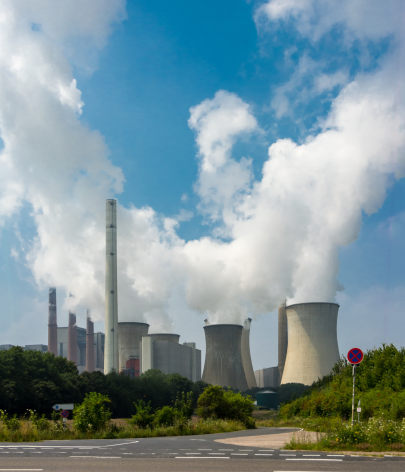About
New analysis from Sandbag and Agora Energiewende shows lower emissions from the EU power sector in 2016 compared to previous years, due largely to a switch from coal to gas.
Executive summary
The energy transition is underway in Europe's power sector in 2016
Coal generation fell while gas increased, resulting in significantly lower power sector emissions across Europe.
Dave Jones Analyst, Sandbag
The large switch from dirty coal to gas is welcome news. It helps the climate, and more importantly leads to cleaner air for Europe. Further switching away from coal is possible without building new gas pipelines and gas power plants. However, the ingredients to make this happen do not yet exist – few old coal plants have announced they are planning to close, and gas is still more expensive than coal because of a low carbon price.




